Leading market players are investing heavily in research and development in order to expand their product lines, which will help the heat stabilizers market, grow even more. Market participants are also undertaking a variety of strategic activities to expand their footprint, with important market developments including new product launches, contractual agreements, mergers and acquisitions, higher investments, and collaboration with other organizations. To expand and survive in a more competitive and rising market climate, heat stabilizers industry must offer cost-effective items.
Manufacturing locally to minimize operational costs is one of the key business tactics used by manufacturers in the heat stabilizers industry to benefit clients and increase the market sector. In recent years, the heat stabilizers industry has offered some of the most significant advantages to market.
Major players in the heat stabilizers market attempting to increase market demand by investing in research and development operations include Kisuma Chemicals (Netherlands), GOLDSTAB ORGANICS PVT LTD (India), Galata Chemicals (US), MODERN CHEMICALS AND PLASTICS (India), ADEKA CORPORATION (Japan), Baerlocher GmbH (Germany), Amfine Chemical Corporation (US), Chemson Polymer-Additive AG (Austria), Clariant (Switzerland), BASF SE (Germany), BRUNO BOCK (Germany), and REAGENS SPA (Italy).
Manufacturer and distributor of chemical and culinary goods is Adeka Corp (ADEKA). Its line of chemical products includes polyolefin, polyvinyl chloride (PVC) plasticizers/stabilizers, adhesives, sealing materials, emulsions, and painting materials, propylene glycol, antioxidants, water-borne resins, flame retardants, epoxy resins, surfactants, and others. Under the brand name RISU, it sells food items such margarines, shortenings, oils, and fats for chocolate. Adeka also offers management, construction, and civil engineering services through its subsidiaries. In the Japanese cities of Nagoya, Sapporo, Sendai, Fukuoka, and Osaka, it runs sales offices, production facilities, and R&D facilities.
Providing specialized chemicals, Clariant International Ltd. is a division of Clariant AG. It creates, produces, distributes, and sells a wide variety of specialized chemicals utilised in clients' manufacturing and treatment processes. The company's product line consists of emulsions, petrochemical catalysts, agricultural wastes, automotive fluids, surfactants, mining chemicals, and additives. Products from the business are used in the industrial, paints and coatings, crop protection, personal care, automotive, plastic, transportation, refining, and pharmaceutical industries.
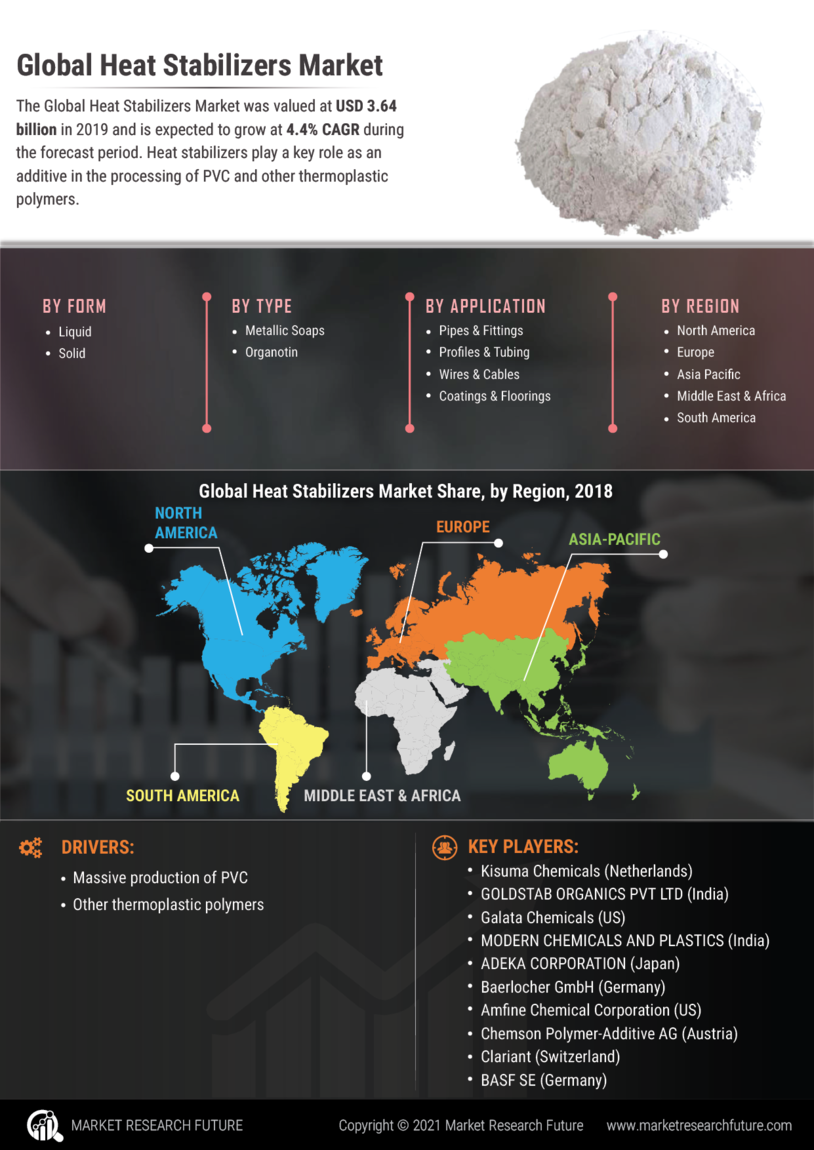

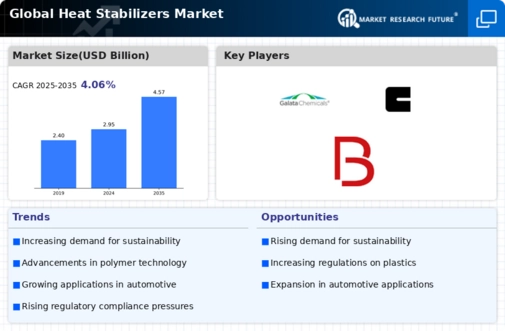
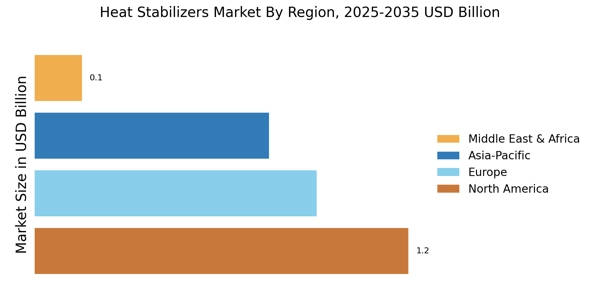
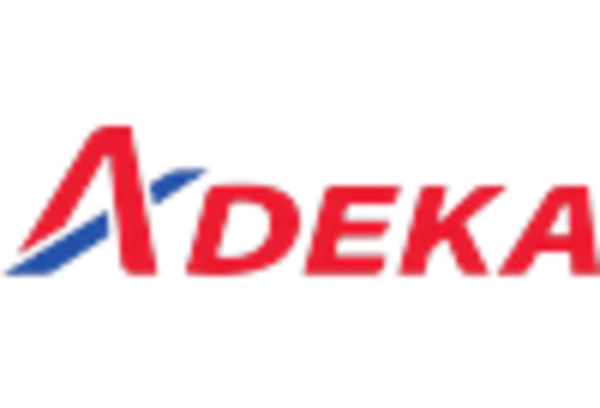
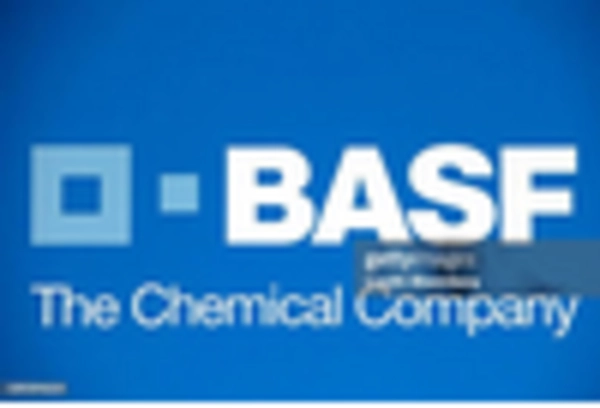
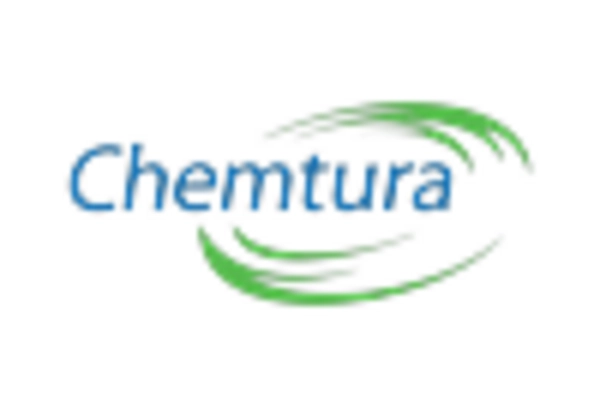
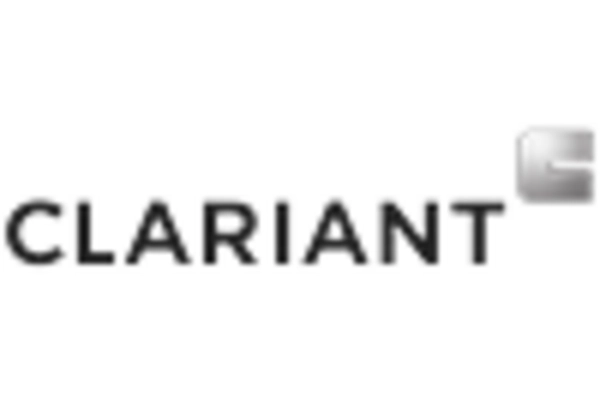










Leave a Comment